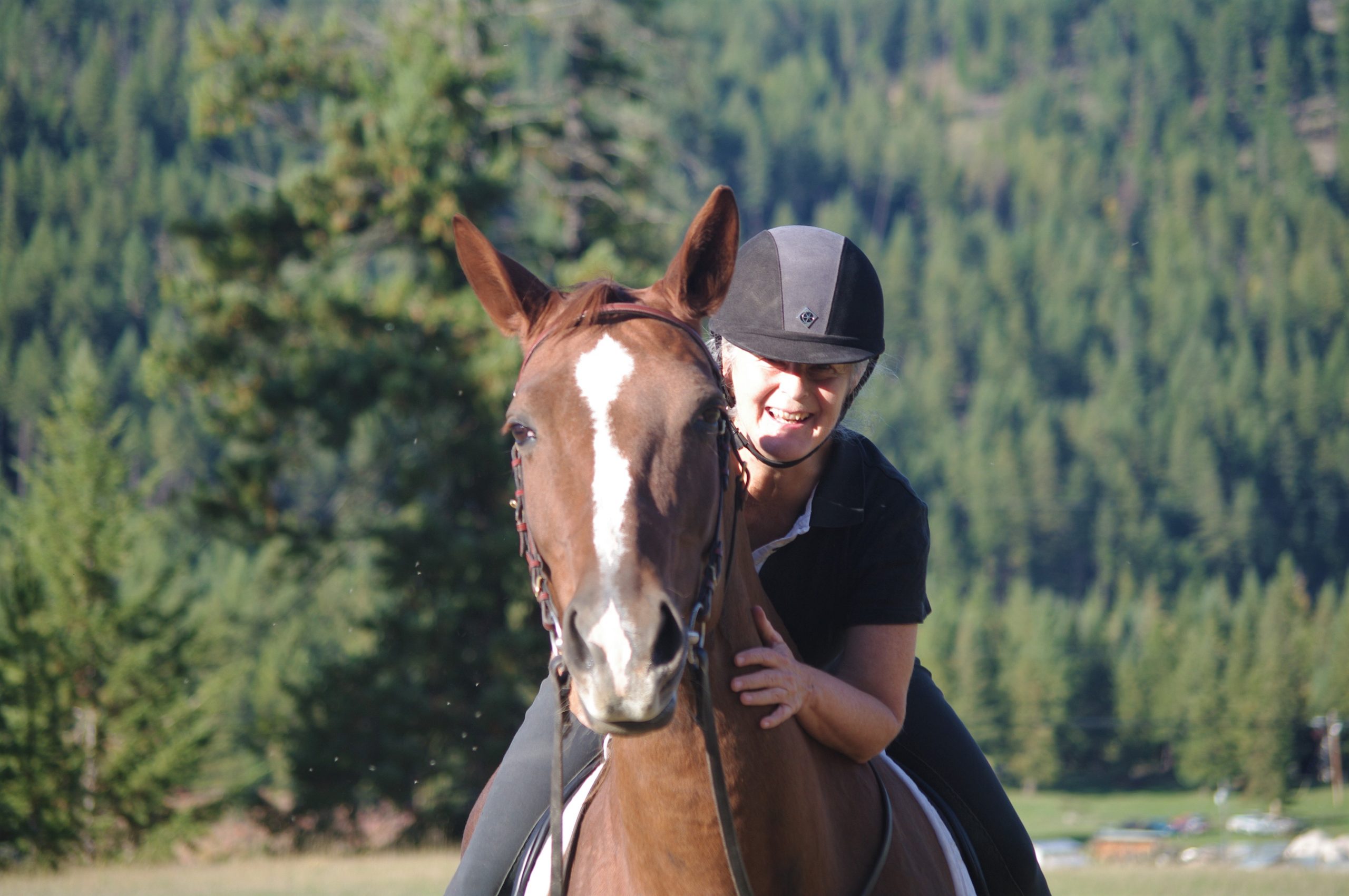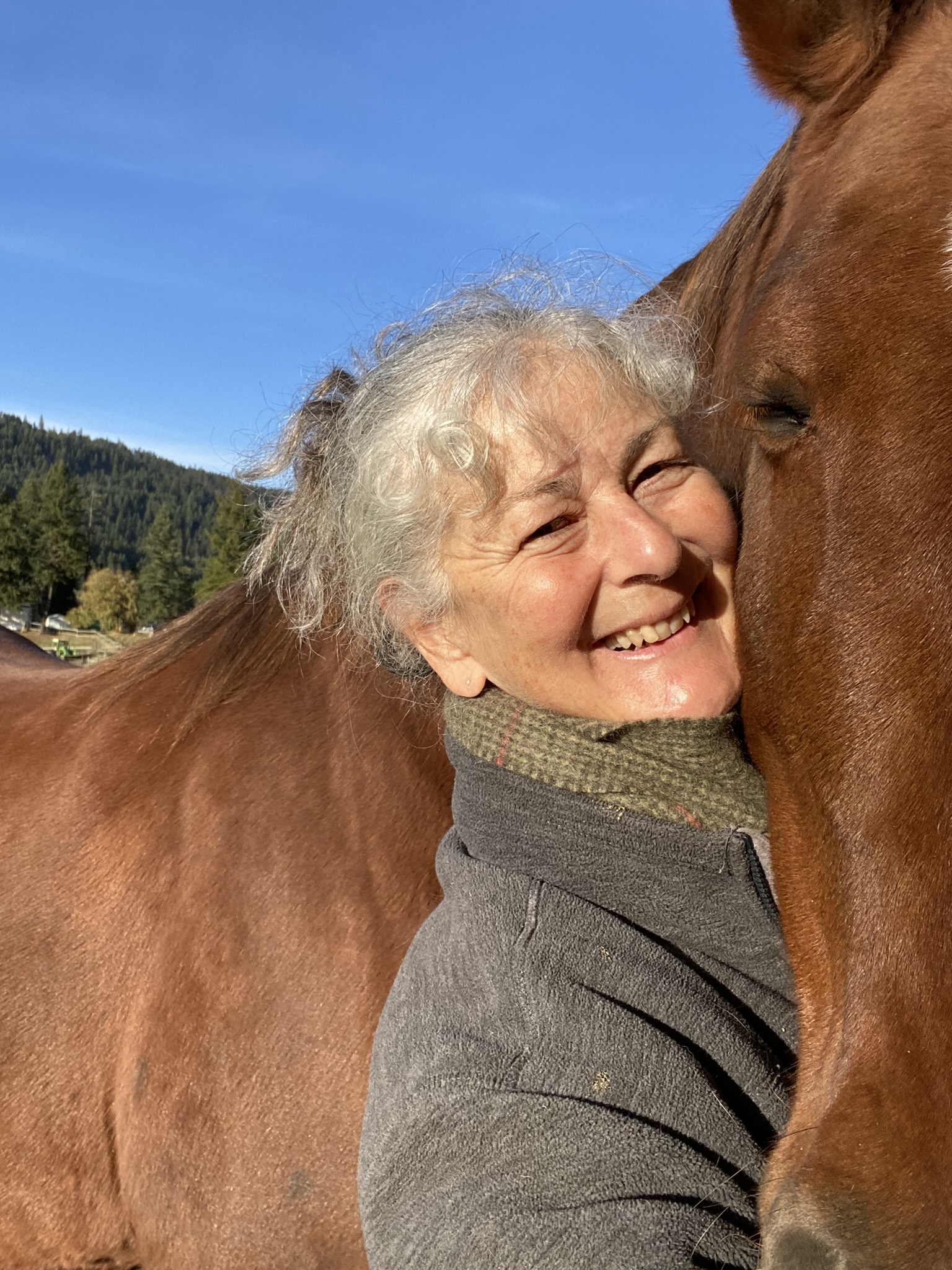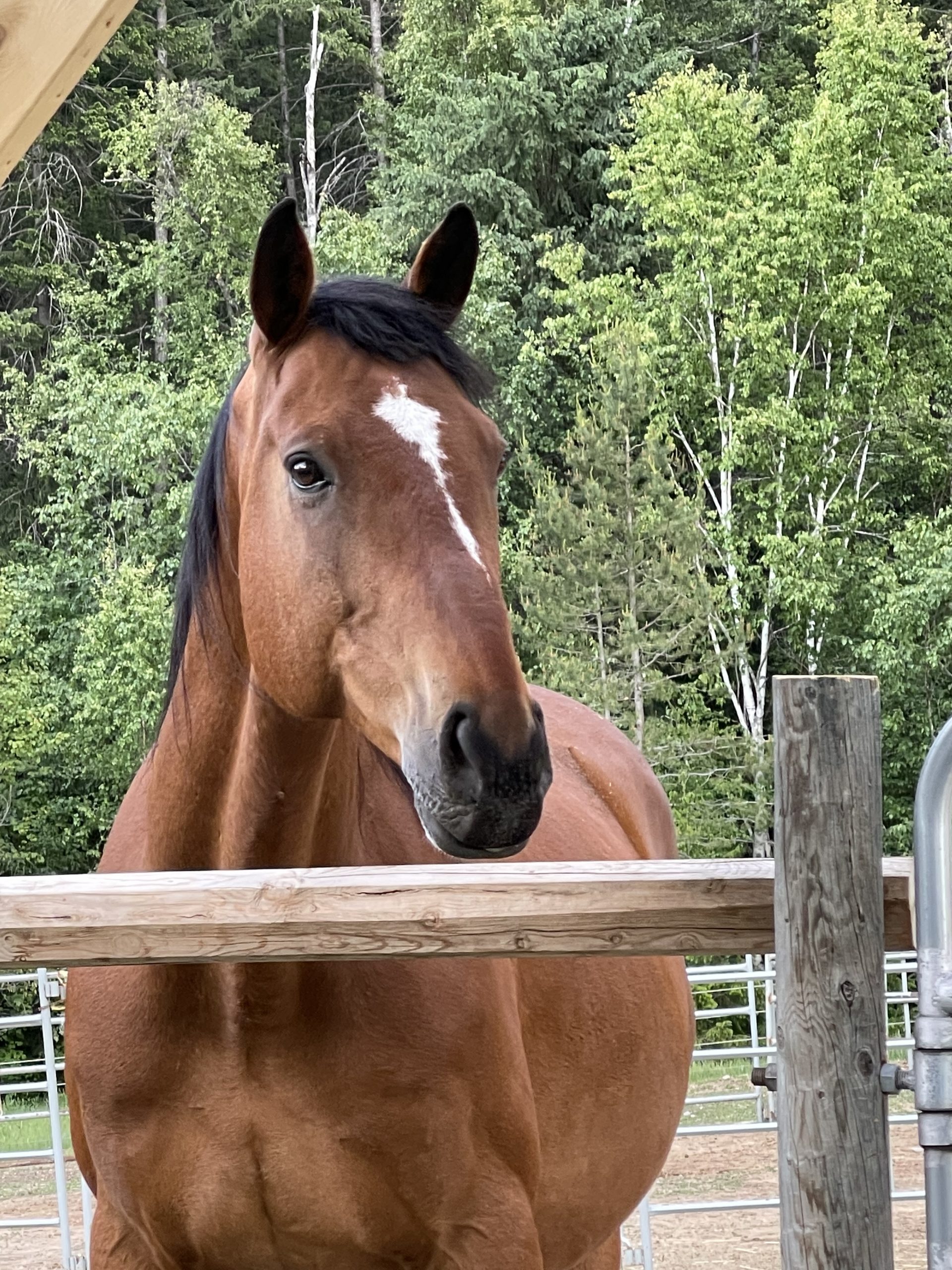Horse riding aids are conventionally taught in a certain way, but unfortunately the application and obedience to the aids doesn't always lead to a calm and willing horse.
How do we use the aids, and how do we NOT use the aids? This is the question I like to answer for my students.
I'm going to teach you why striving for the obedience of the aids is probably not your first move...
...And what to do instead.
In our Harmony For the Horse Program we guide you to help your horse to be willing, settled in mind and body, and ready to reach their potential.
CLICK HERE to discover more about how we can help you to reach freedom, achievement, oneness and joy that you most seek with your horse.
What does a willing horse mean?
...they are willing to go forward,
...they are willing to slow down.
They're not in their own world either turned off or turned tremendously on ... a horse that loves what they're doing.
The horse becomes interested in the work
because she horse understands where she is going.
I'm going to share with you how I created that with my horses, and how you can create that with your horse too.

In the past, instructors may have said to you (and I have had this as well); let me know if this resonates with you.
"Just up the phases, if you don't get a response at phase one, up the phases as high as you need to get it until the horse moves away or yields."
or ...
"your horse has got your number"
or...
"Your horse is taking advantage of you!"
For me, this may be the same for you too, when you love your horse and you want the very best for them you don't want them to become dull, to be turned off, refuse to go forward, be reactive, or be stressed because of pressure applied incorrectly.
#1 CLARITY ON THE USE OF THE AIDS
The first thing that we need to do is to get a clear idea of when to use the aids, when to expect obedience and when to not. It's not a blanket approach.
If we consider the topic of establishing boundaries and establishing your bond with your horse...
and, if you're constantly nurturing your bond with your horse, then it's less likely that you will get into an emergency situation where you would need to expect obedience because you both trust each other and look after each other.
But horses are horses, things can always happen.
I do not use the idea of obedience to the horse riding aids when training my horses.
I believe horses are much more intelligent than that.
It doesn't make sense that we would expect them to be obedient to all of this pressure from all of these places at the right time and have it be all perfect and have it all work.
There are more things we have to consider and there's so much more depth to it.
For example, recognizing your horse's thresholds and tuning into your horse on a deep level as well as allowing your horse to enjoy explorations in movement with you while maintaining automomy will give both you and your horse horse freedom.
Sometimes your horse may exhibit behavior that you interpret as a "no".
And you may get lots of no’s, it may be disconcerting, but you will come out on the other side.
And you will no longer be in blissful ignorance.
How long are you going to be in blissful ignorance following the obedience to the aids and not giving your horses the benefit that they deserve and the respect that they deserve?
So when you get a chance to work with us in our program we will take you through a process of gaining a new awareness.
You will really get to see, know, feel, and understand your horse specifically.
Which of course starts with understanding yourself.
And then your horse will show interest in your training and the riding.
She will choose to be with you, choose to want you to ride.
Not because there's a consequence to not being obedient ,or not because they're going to be reprimanded for not being obedient, but because she will choose.



Our student, Deb, was constantly struggling with our horse and when she went on calls with us, she would always mention how her horse didn't want to be caught, how her horse would run away, how her horse would launch herself in the air on the lunge, or when she was In-Hand or riding there was this constant anxious, chewing on the bit, which really drove her crazy.
It really irritated her.
When we worked with her in our program, we gave her tools to use. Soon Deb's horse was coming to her calls, and she said,
“I can feel another epiphany bubbling up”.
We would laugh, and I would say, “Okay, what's that?”, and she would explain it.
“My horse has become willing. The floodgate has opened. What joy! Thank you”.
When we have this outlook upon our horses, we can see them as not just being obedient and serving us. And with this outlook we experience how:
That's when we'll get the epiphanies happening, exactly like what happened with Deb.
#2 TACTIC OR STRATEGY
How do you perceive your work with your horse?
Is it a tactic? Or is it a strategy?
A tactic is something small.
A tactic doesn't have a thread.
Whereas a strategy is an overarching logic---how everything plays together.
If I relate this back to Deb, my student in my program, we had a strategy. It's a multi-layered holistic strategy. We worked through her stuckness with her horse and what she was experiencing.
Part of the strategy was to show her how to hold space for her horse.
#3 HOLD SPACE FOR YOUR HORSE



What I mean by that is to listen and to see the trajectory.
The trajectory is from confusion..
To clarity
To willingness.
“My horse has become willing,” were here words.
We teach you how to pay attention to those internal shifts that allow your horse to make the leap to the next level. We slow things down.
At the beginning, we slow things down enough that your horse becomes more aware of what they're doing. We help them to move in a functional way until then they enjoy and perform in a more repeatable manner.
We watch that they then can duplicate it, and duplicate it by themselves.
When your horse starts duplicating these desirable movements and efforts that we're looking for that's when it's amazing!
And that's when it becomes a real partnership, each benefiting from the relationship.
When your horses are able to understand exactly what is shifting within themselves, because you're slowing them down enough, and you are being very specific about the things that need to be repeated rather than just saying, "Well, I was lucky that time or that was a fluke, or happenstance."
This is our system of strategies.
So your job as a guide for your horse, training your horse, is to…
...Articulate to your horse the specific steps that are required along this journey to the final outcome that you're looking for with your horse.
This is what we teach you to do in our program. We help you to get clarity. We help you to get specific enough.
And we provide everything in context, so that it's not just out of the blue;
"Here's something to do. I don't know if it relates to your horse or you at all, but just do it?!"
That's a waste of time.
The strategy is what's going to help you get there.
It's like looking through a window where you can see the specifics, through that window, of the different shifts that you're going to look for and have happen.
So then your horse says, “Oh! I feel differently now. I understand where we're going”.
This is what you want your horse to say.
And then the horse will start to duplicate that for you to give that to you, without being asked.
The horses enjoy the process and are involved with the learning with you.
If you want support in this way, to reach your, and your horse's highest potential, then...
CLICK HERE to schedule a call with us!
MORE RESOURCES TO HELP YOU BUILD YOUR DREAM HORSE
*How To Achieve True Lightness And Self Carriage When Riding
*Equestrian responsibility: horse rider responsibility explained

